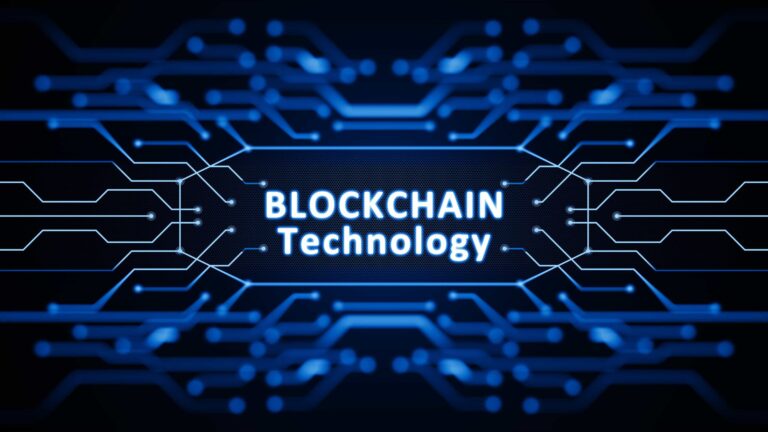Smart contracts in Ethereum are self-executing contracts with the terms of the agreement directly written into code. They are computer programs that run on the Ethereum blockchain and automatically enforce the rules and conditions defined within their code. If you fell into this blog post, please consider reading the others:
- Navigating the financial revolution: AI, Blockchain and Traditional banking
- Exploring the Depths of Blockchain: Decentralization, Smart Contracts, and Beyond
- Blockchain Network and its Security Issues Underneath
- Bitcoin: Bitcoin Header and its ledger system
- Bitcoin Basic Mining concepts
- The quest for survival of public Blockchains like Bitcoin
- Proof of Stake in Blockchain
- Ethereum, Solidity and Decentralization
Just imagine you’re booking a hotel room, and instead of dealing with a hotel manager, you use a smart contract. Here is a simple way how it would work:
- Digital Agreement: The smart contract is like a digital agreement that specifies the terms of your stay. It includes details like check-in and check-out dates, room rates, and any conditions for cancellation.
- Automatic Execution: Once you send the payment (in cryptocurrency, like Ether), the smart contract automatically checks you into the room on your specified arrival date. Similarly, it checks you out on the agreed departure date without needing any hotel staff.
- No Middleman: The smart contract operates on the Ethereum network, which is like a hotel without a manager. There’s no one person overseeing the process. Instead, the contract executes itself based on the agreed-upon rules. Like a self-checking on an Airbnb!
- Transparent Rules: The rules of your stay, written in the smart contract’s code, are visible to anyone on the Ethereum blockchain. It’s like everyone can see the hotel’s policies and conditions.
- Can Involve Cryptocurrency: The payment in cryptocurrency serves as both your reservation and room key. When the conditions are met (check-in date arrives), the smart contract automatically unlocks the room for you.
- Gas: To use the hotel’s services (execute the smart contract), you pay a small fee called “gas.” It covers the computational effort needed to process your reservation and stay.
Smart Contracts are used for things like token sales, decentralized finance applications, and more. It’s like a format. Contrary to Bitcoin, in the Ethereum Blockchain, the idea is to let the nodes run “scripts” or “codes” that must be paid for. Data are stored in the Blocks. Each Block has a hash and a header as well. ETH Blockchain has a notion of the code, the compiled code, and its conditions (Program states).
Smart Contracts App. How efficient is it?
Many people asked the question how efficient is it to run apps like games, heavy e-commerce websites, etc.. How about the speed? Can it store large data? Is it more expensive than cloud computing? We should not be confused with parallel computing and Decentralized computing. On the Ethereum node, there is duplication of efforts where many nodes run the same tasks. Computation power is limited. A program like analytics is almost impossible. Blockchain computing may be best for simple computing but immutable records that cannot be lost, say proof of delivery. However, with a good design model of parallel computing, I believe there are still ways to evade decentralized blockchain computing. Hence, why smart contracts have been quite the vogue recently.
Smart tokens
Smart contracts have been prevalent these days. Its main use is “smart tokens”. Ethereum has been predominantly used mainly for crypto tokens without having your actual blockchain. Using Ethereum Blockchain as a platform, companies around the world have been leveraging Ethereum Blockchain as a platform to launch their own token using Smart contract codes. This is a mechanism of how the Smart token works:
- The idea with a DApp or product.
- Funding is needed to develop the DApp.
- But you have the opportunity to raise funds for that token that binds to that product.
- An Ethereum token is actually just a small DApp tied to small contracts executed on the Ethereum Blockchain.
- Simply name a token, put a price on it, and write the contract code that converts Ether to the Token at the ratio you want.
- Promote the Token using Social Media, conferences, and some Whitepapers to get people to buy it.
- Once initial trade (ICO) is done, it can be freely traded as another program can be coded the same way that generates token transfer transactions between different Blockchain addresses.
- The more functionalities, the fancier it gets like dividends etc..
Conceptualize a decentralized application (DApp) or product that requires funding for development. The innovative approach involves securing funds by creating a token associated with the product. In this context, an Ethereum token functions as a miniature DApp, intricately connected to compact contracts executed on the Ethereum Blockchain.
To bring this concept to life, the process begins by naming the token, assigning a price, and crafting the contract code. This code dictates the conversion of Ether to the token at a specified ratio. Promotion becomes key at this stage, employing strategies such as social media outreach, participation in conferences, and the creation of whitepapers to entice individuals to invest in the token.
Following the Initial Coin Offering (ICO), the token becomes tradable. Additional programming endeavors can replicate the initial code, enabling seamless token transfers between diverse blockchain addresses. The sophistication of the token can be elevated by incorporating diverse functionalities, such as dividend mechanisms, adding layers of complexity and value to the token.
In essence, this approach outlines a comprehensive journey from ideation to token creation, funding, promotion, and eventual trading, with the flexibility to enhance the token’s features for a more sophisticated user experience.












